M10 Tank Destroyer - ‘Accident’
I make no secret of the fact I love these 48th scale Tamiya armour kits. They are so simple to build and they give the modeller the opportunity to get tho the painting and weathering quickly. This model was built as part of a group build competition a few years ago. Mono-tome OB schemes give the perfect platform for tonal variations and weathering.
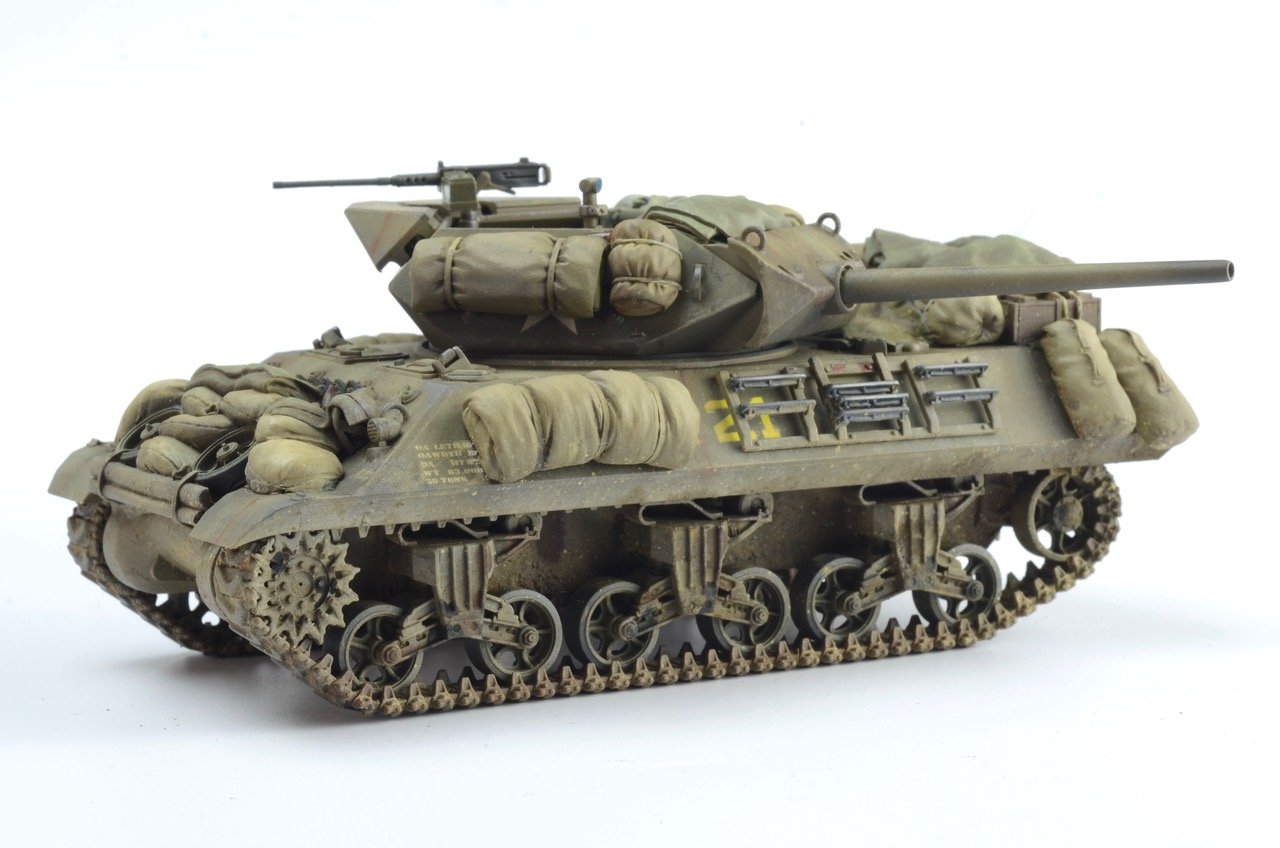
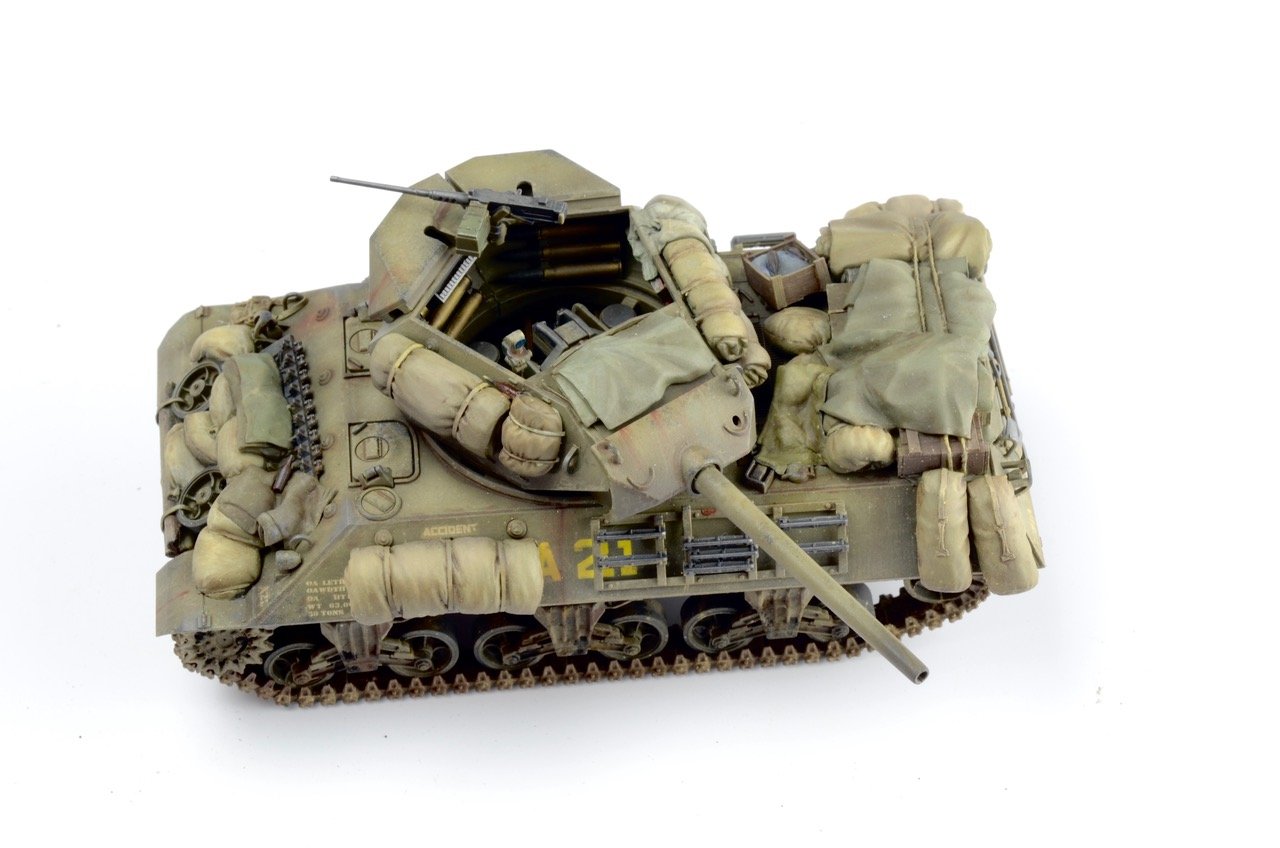
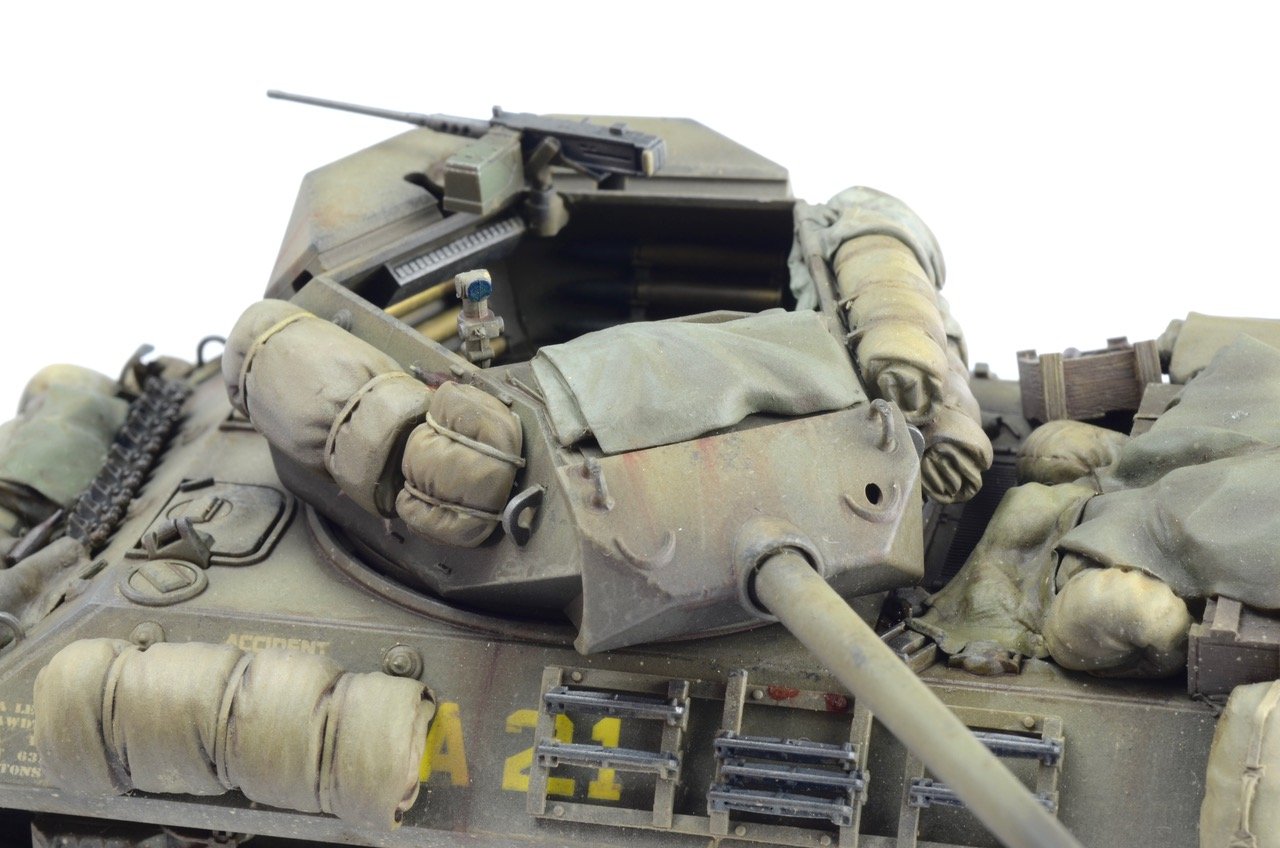
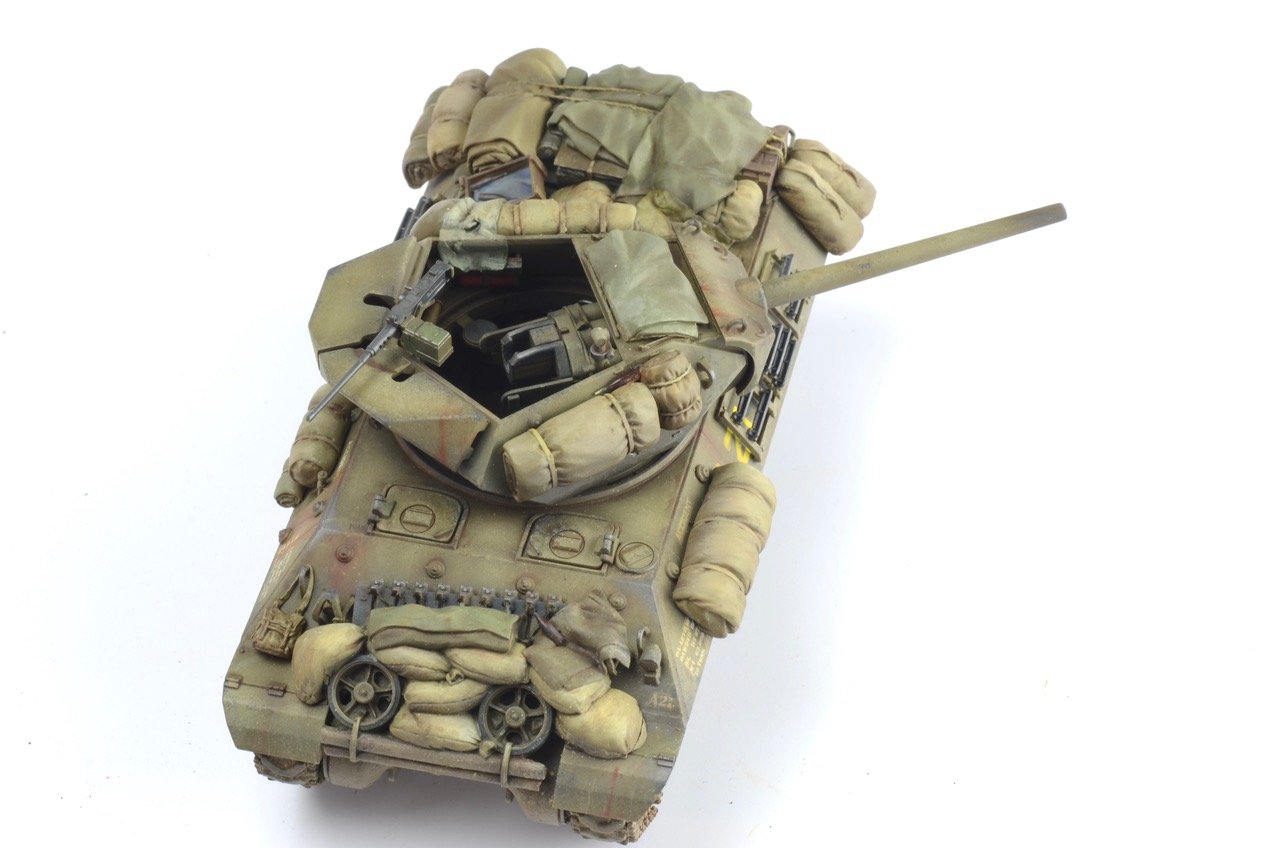
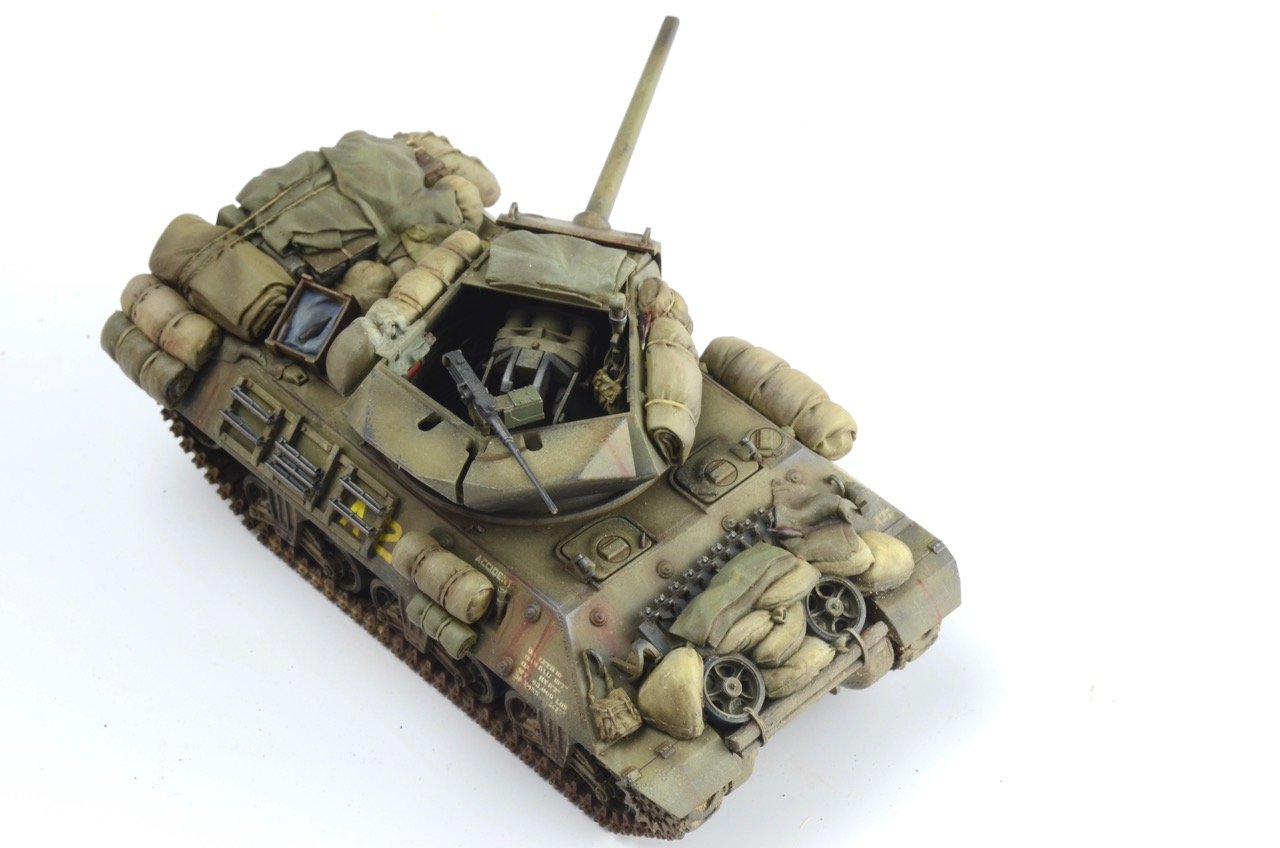
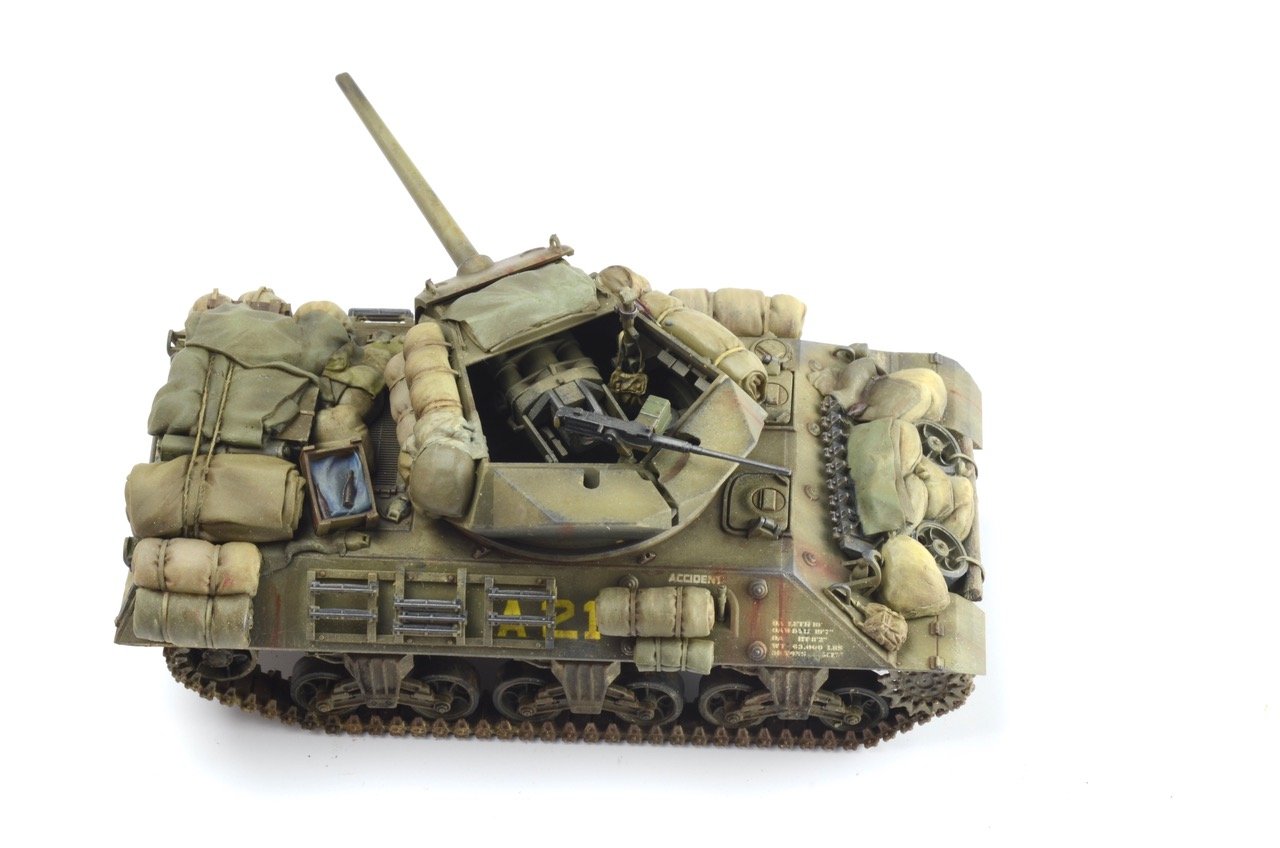
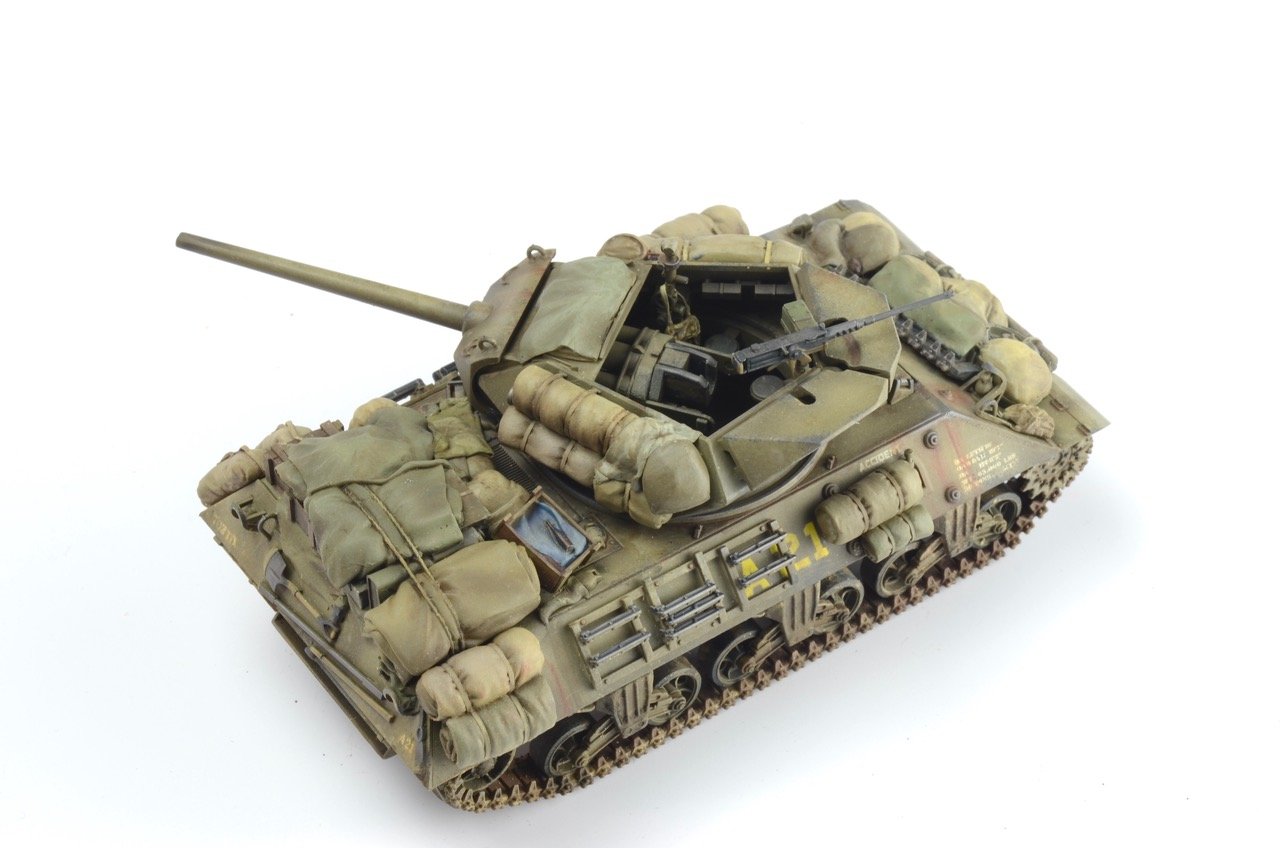

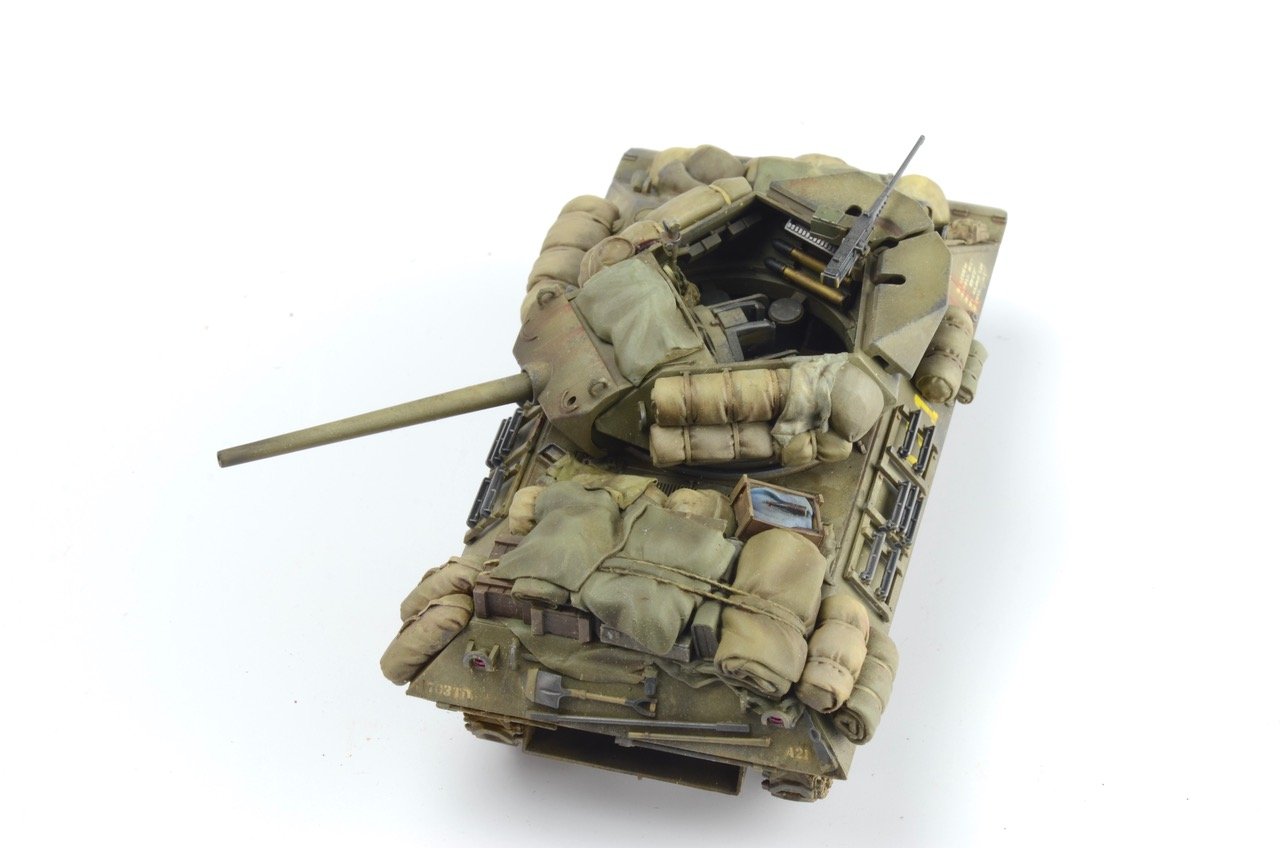
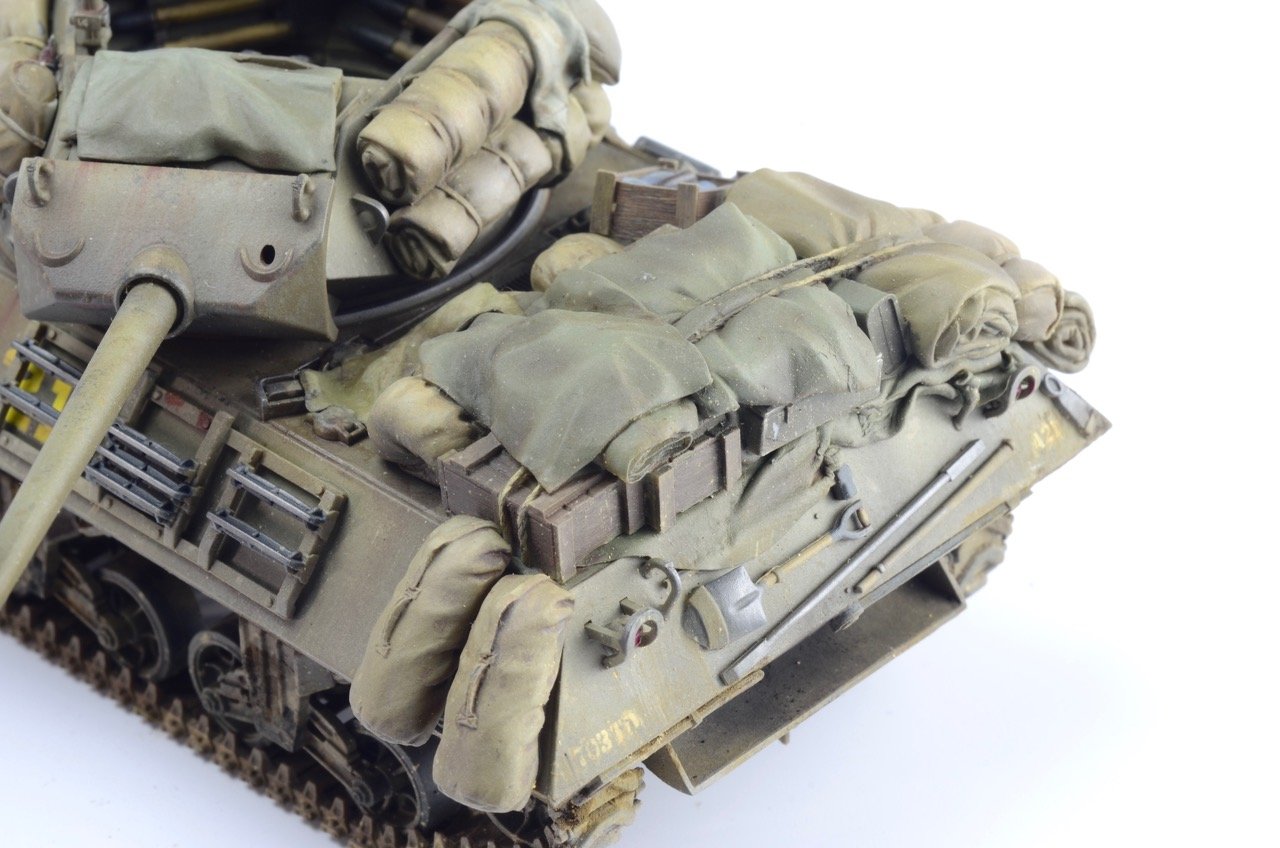
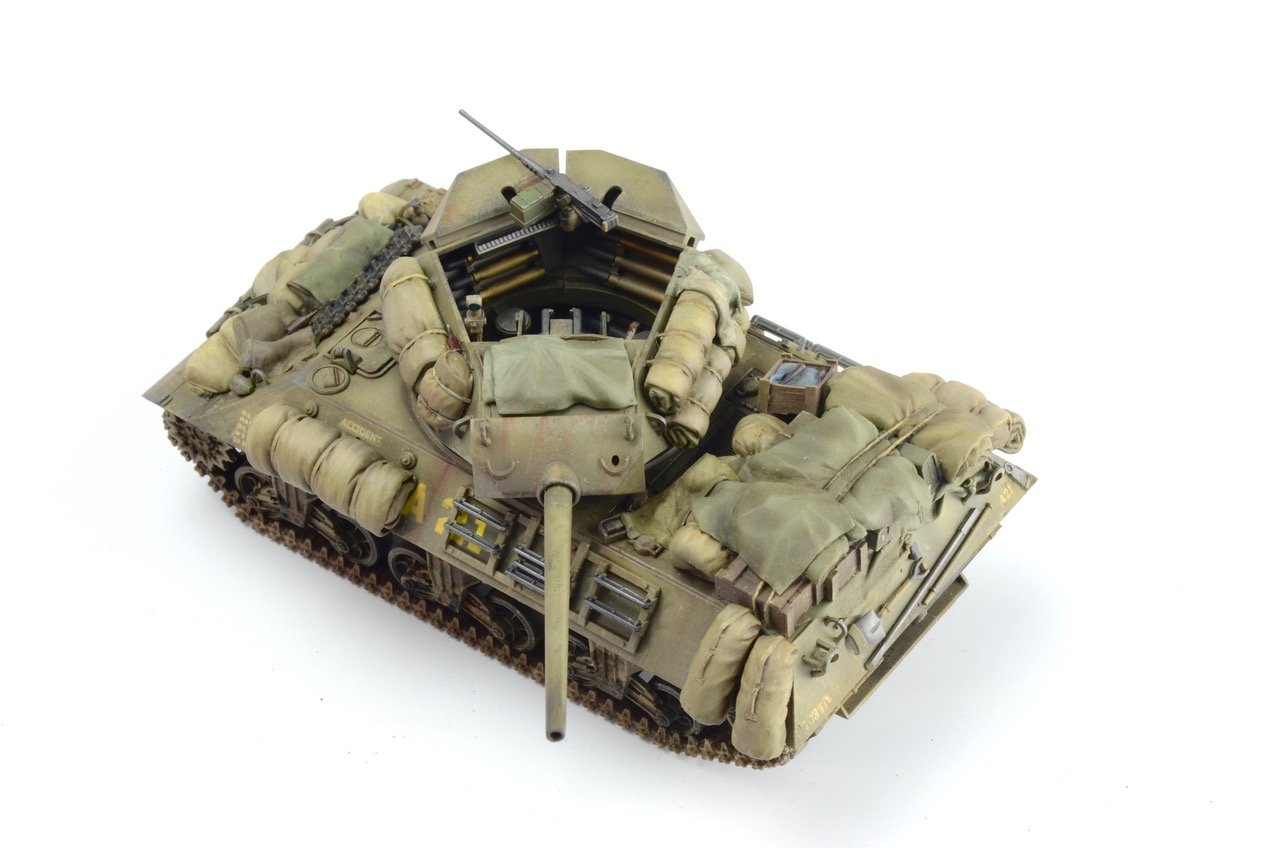

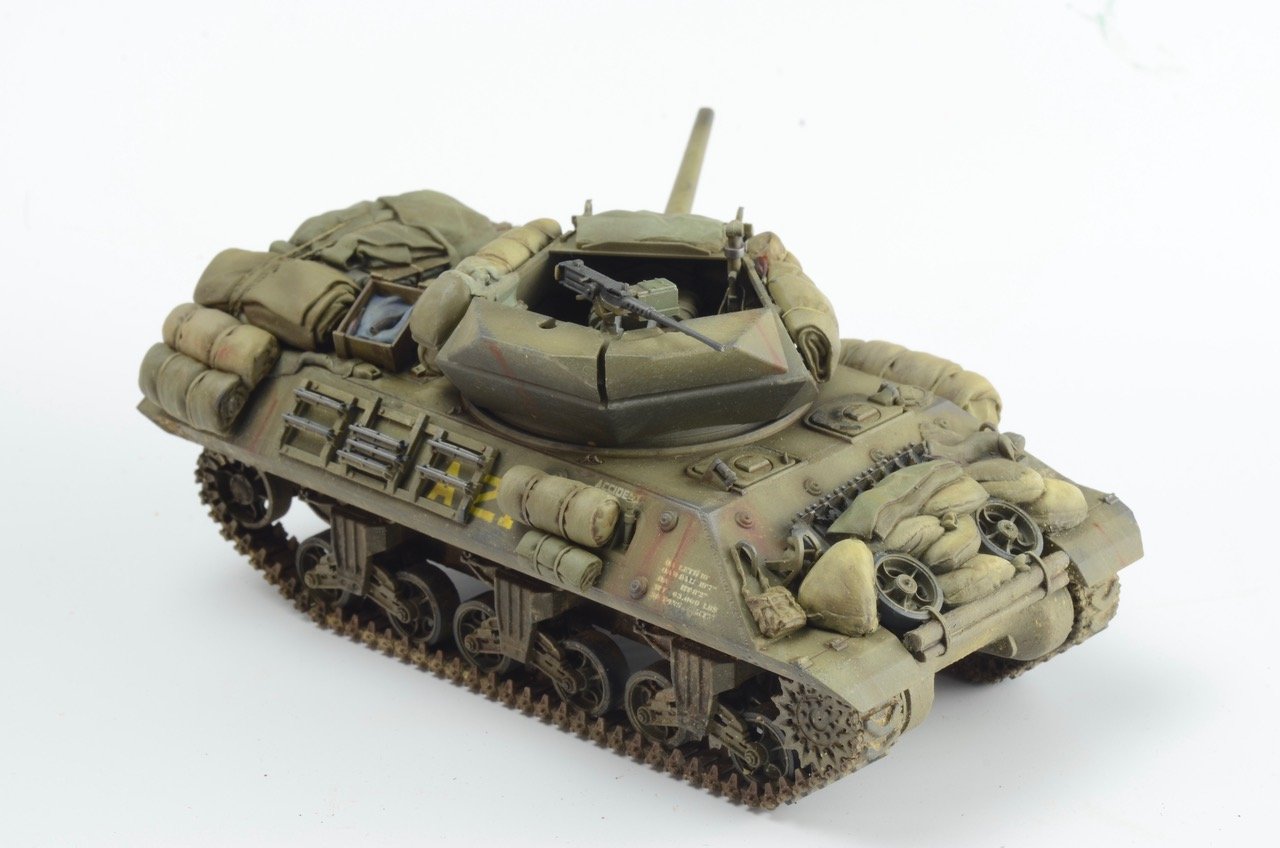

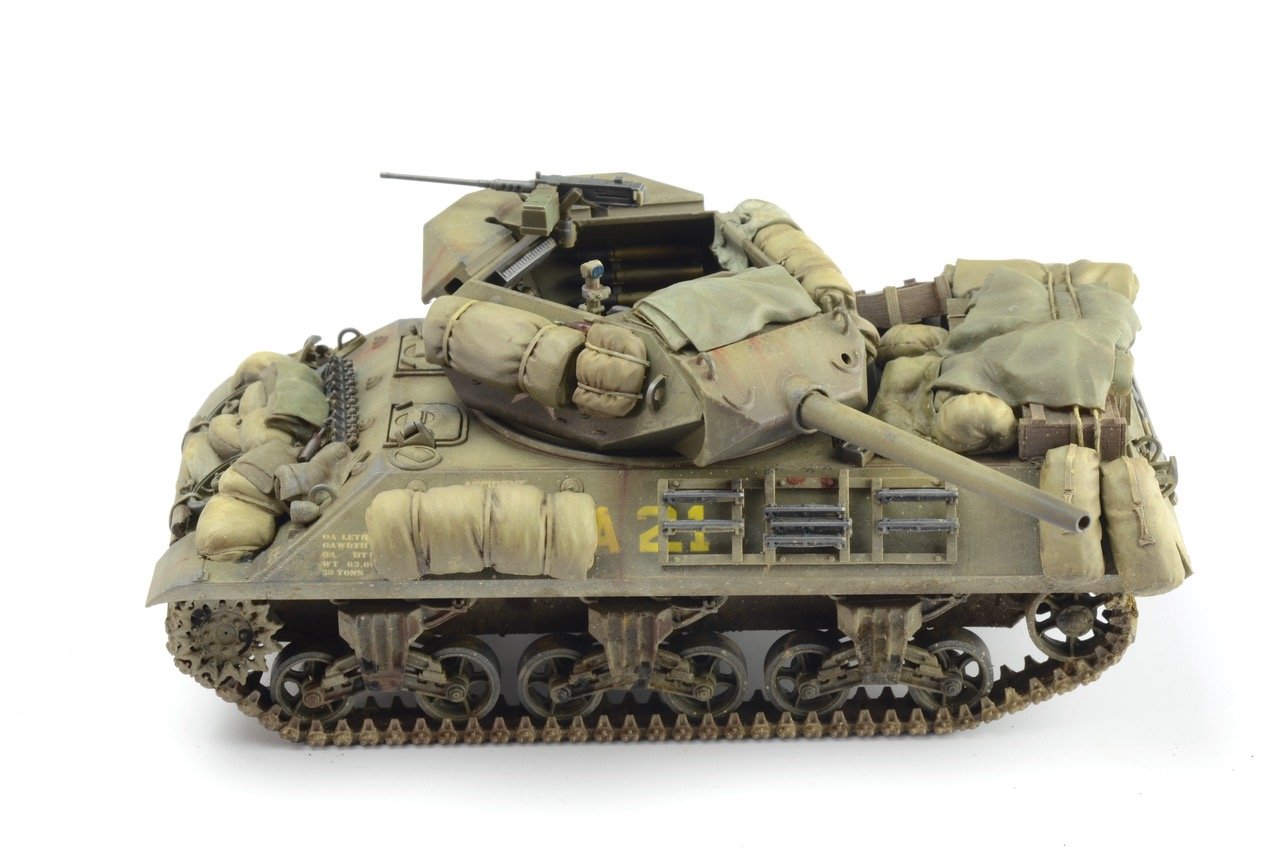
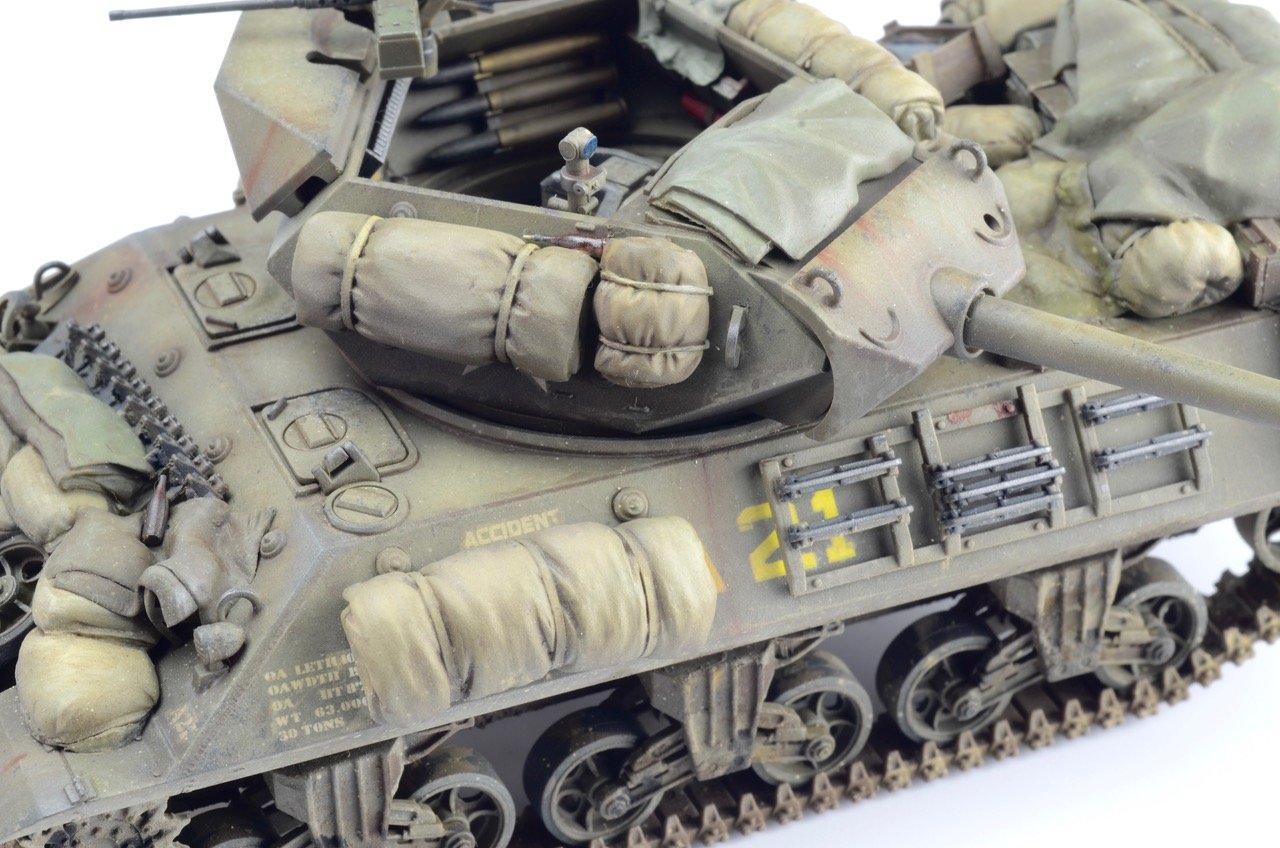
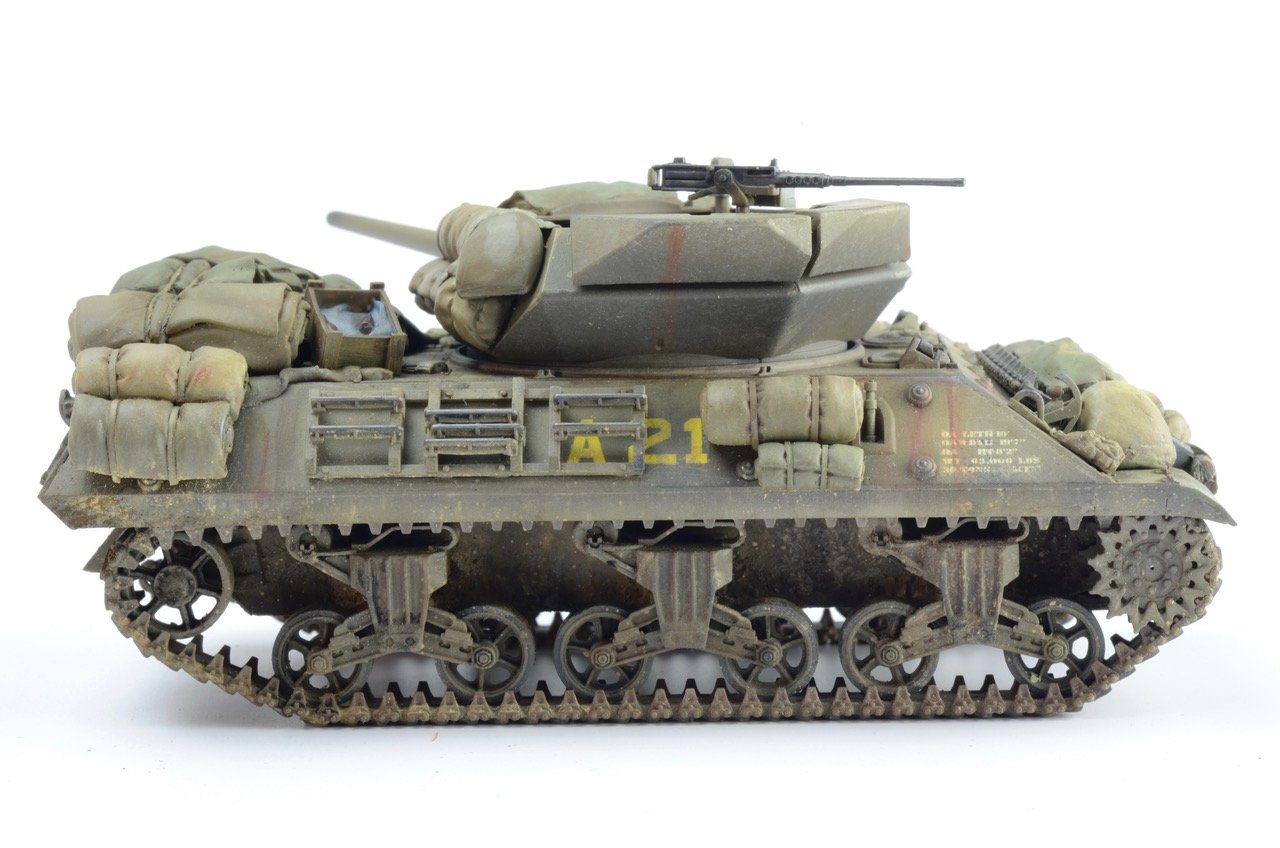
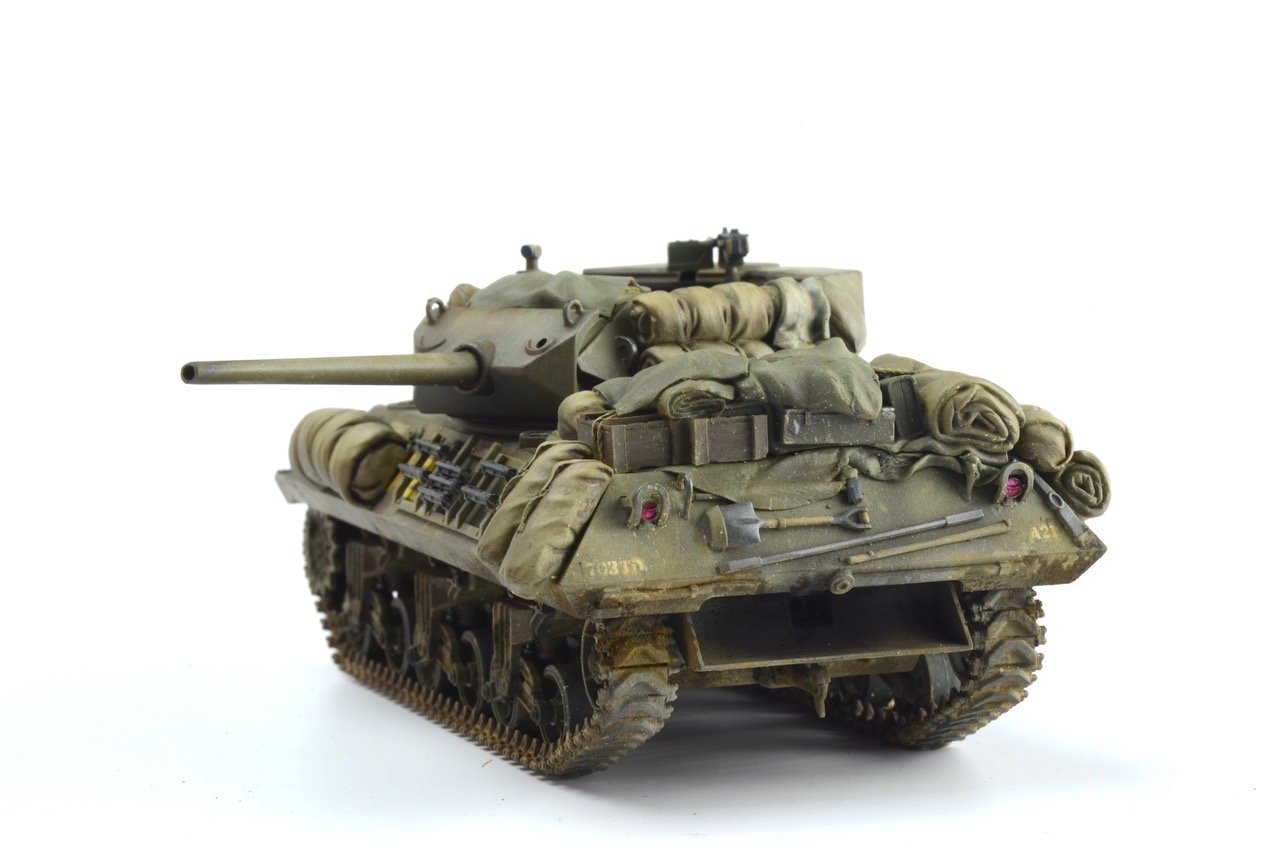

A Brief History…
After the United States entered the Second World War, it soon became clear that a dedicated Tank Destroyer was required to fill a void. Limitations in earlier US tank designs highlighted the need for a fighting machine with a fully rotating turret that could house a gun that packed a punch.
The prototype of the M10 first made a showing in April of 1942, but it wasn’t until June of 1943 that the final design was chosen and scheduled for production.
The final design of the M10 included the 76.2mm Gun in a fully rotating turret that sat on the chassis of the M4A3 Sherman tank. Production ran from September 1942 to December of 1943 with a total of 1413 vehicles making it off the factory line.
Whilst the M10’s adversaries such as the Panther and the Tiger sported a more powerful weapon, the M10 more than held its own on the battlefield. The M10 combined a thin, sloped armour with the reliable engineering of the Sherman. The simplicity of the design and the punching power of the 76mm gun allowed the M10 to remain in service until the end of the War.
The M10 was predominately used by the US. It did however see time with other forces around the world. Many were used by the Soviets under the Lend Lease program. The United Kingdom and the Free French also used the vehicle in a number of forms.
In modern times, the M10 is often referred to as ‘Wolverine’, however this name was never actually used during the War and is something that has crept into the vernacular. Troops of the time simply referred to the M10 as ‘TD’, or Tank Destroyer.
